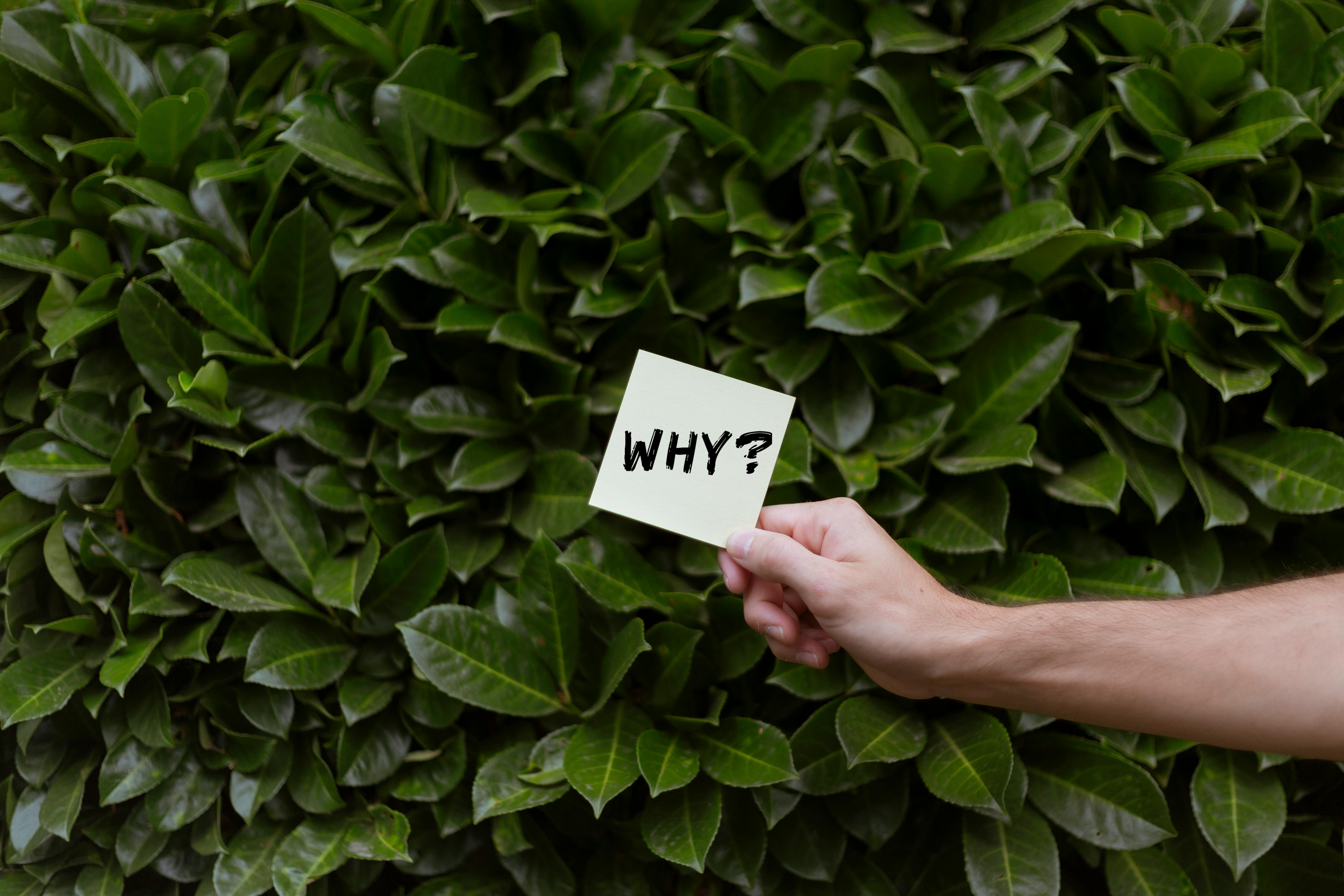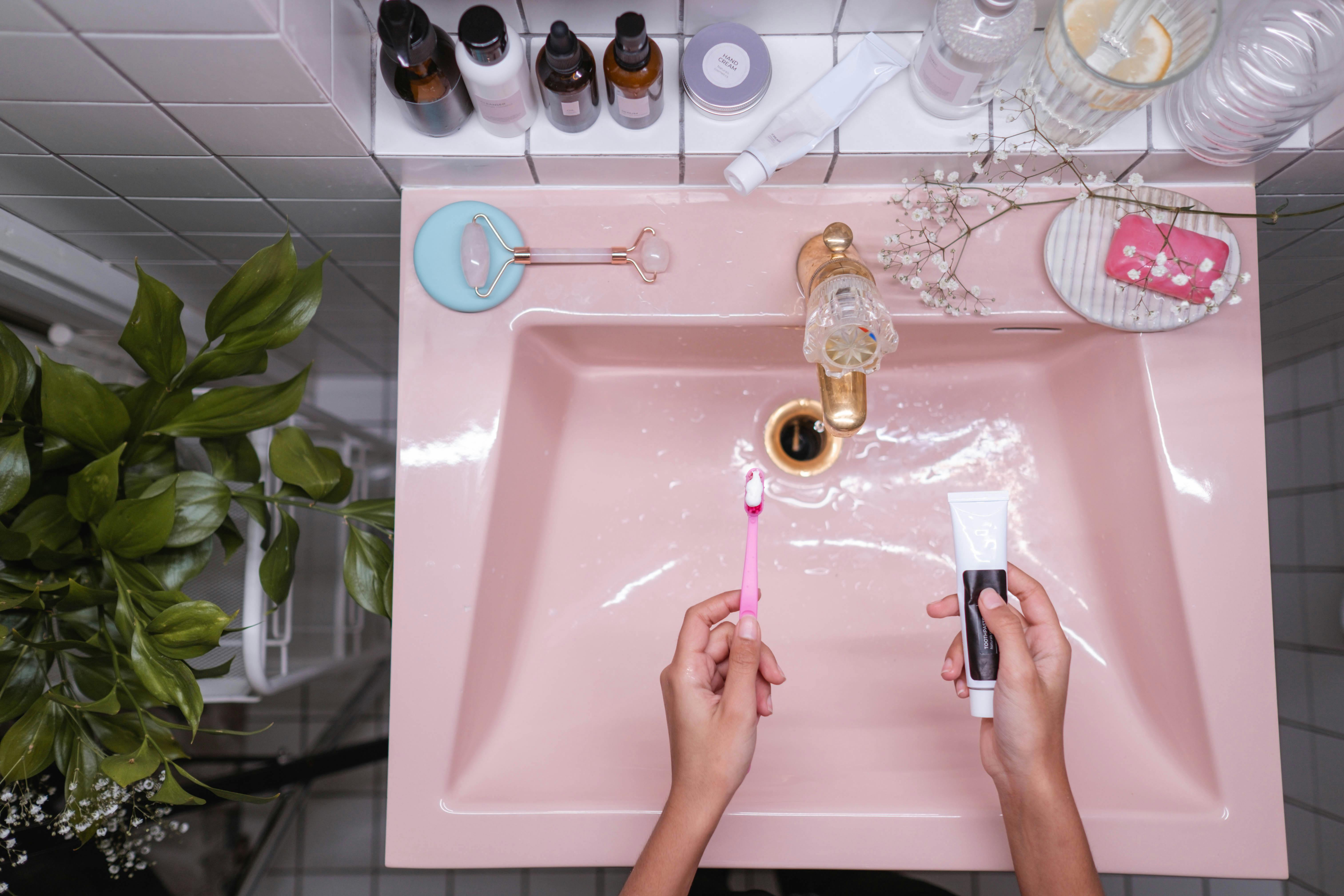If you are a passionate gardener, you may have noticed that your jade plant has recently begun to droop and lose its healthy appearance. This can be a worrying sign, as it means that something is wrong with the plant. In this article, we will discuss the causes of jade plant drooping and provide advice on how to address the issue.Drooping in jade plants is typically caused by either insufficient light, overwatering, or both. When the plant does not receive enough light, the leaves become leggy and weak, causing them to droop. Overwatering can also lead to drooping as the soil becomes too saturated and cannot provide adequate support for the stems and leaves. Additionally, when plants are overwatered, their roots often suffer from a lack of oxygen which can cause them to become weak and unable to support the weight of the leaves.
Drooping in Jade Plants Normal?
Drooping in jade plants is a common occurrence and not necessarily an indication of a problem. Jade plants are succulents, so they naturally store water in their leaves and stems. As the plant matures, it sometimes develops a droopy look due to the weight of the leaves and stems. If your jade plant is drooping, it may just need to be watered more frequently. However, it is important to make sure that you are not overwatering your jade plant as this can cause root rot.
Another reason why your jade plant may be drooping is because it isn’t getting enough light. Jade plants prefer bright indirect light, so if the light levels in your home or office aren’t sufficient, then the jade plant will become droopy as it won’t be able to photosynthesize properly. Move your jade plant to a brighter spot if possible or supplement with artificial lighting such as grow lights or fluorescent bulbs.
Finally, if none of these solutions address the issue of drooping in your jade plant, then it may be time to check for pests or diseases. Aphids, mealybugs and spider mites are all common pests that can affect jade plants and cause them to become droopy. Take a close look at the undersides of leaves for signs of these pests and treat accordingly with insecticidal soap or horticultural oil sprays.
How to Revive a Drooping Jade Plant
Jade plants are a popular houseplant due to their attractive evergreen foliage and ease of care. However, if your jade plant is looking a bit droopy, it may be time to revive it with some extra attention. With the right steps, you can get your jade plant back to looking healthy and vibrant.
The first step in reviving a drooping jade plant is to check the soil for moisture. The soil should be damp but not soggy. If the soil is dry, give the plant a thorough watering, making sure that any excess water can drain away easily. If the soil is still moist after watering, consider repotting your jade in fresh potting mix to provide better drainage.
Next, make sure your jade plant is receiving enough light. Jade plants enjoy bright, indirect sunlight and will usually thrive in south- or west-facing windowsills. If your jade isn’t getting enough sunlight, move it to a sunnier spot for at least part of the day. You may also need to supplement natural light with grow lights if your home doesn’t get enough bright sunlight for an extended period each day.
Finally, inspect your jade for signs of disease or pests such as mealybugs or scale insects. These pests can sap vital nutrients from your plant and cause its leaves to curl and droop. If you notice any signs of pests or disease on your jade plant, treat it immediately with an appropriate insecticide or fungicide according to package directions.
With some extra care and attention, you can revive a drooping jade plant and restore its lush green foliage for years of enjoyment indoors or outdoors!
Common Problems With Jade Plants
Jade plants are generally easy to care for, but they can experience some common problems that can be prevented with proper care. Overwatering is one of the most common issues, as jade plants tend to require less water than many other succulents. If you notice the leaves turning yellow or wilting, this is a sign that your Jade plant has been overwatered, so it’s best to reduce frequency and amount of watering. Too much direct sunlight can also cause the leaves to become yellow or withered. It’s best to provide your Jade plant with indirect sunlight, as this will give it enough light without burning the leaves.
Under-watering can also be an issue for Jade plants and is often caused by inconsistent watering schedules. If the soil feels dry to the touch and the leaves are wrinkling or drooping, your Jade plant needs more water. Be sure to check the soil before watering and only water when necessary. It’s also important to make sure your Jade plant is getting enough fertilizer in order to encourage healthy growth and reduce stress on the plant.
Pests can also be a problem for Jade plants, with mealybugs being especially common in humid environments. Mealybugs appear as small white insects on stems and leaves and should be treated with an insecticidal soap solution as soon as possible in order to prevent further damage. Other pests such as aphids, spider mites or scale insects may also affect your Jade plant, so it’s important to keep an eye out for any signs of infestation and take action if necessary.
Finally, one of the biggest issues facing jade plants is root rot which can occur when there is too much moisture in the soil or too little air circulation around the roots of the plant. To prevent root rot, make sure your pot has plenty of drainage holes and never allow standing water around the base of your Jade plant.
Signs of Overwatering a Jade Plant
The most obvious sign of overwatering a jade plant is wilting or yellowing leaves. When a jade plant is overwatered, its roots cannot absorb enough oxygen and the leaves start to turn yellow and wilt. The leaves may also appear limp and soggy, and the stems may become soft and mushy. If the soil remains soggy for an extended period of time, the roots will begin to rot, causing even more damage to the plant. Another sign of overwatering a jade plant is brown spots on the leaves. These spots are caused by too much moisture in the soil that is preventing oxygen from reaching the roots. If left unchecked, these spots can spread across the entire leaf and eventually kill it. Finally, if you notice any fungal growth on your jade plant’s soil or roots, this could be another sign of overwatering as fungi thrive in moist environments.
It can be difficult to tell if you are overwatering a jade plant as they require very little water to survive. However, if you notice any of these signs it is important to take action quickly before serious damage occurs. To prevent further damage it is best to let your jade plant dry out completely between waterings and make sure that its pot has adequate drainage holes so that excess water can escape.

Signs of Underwatering a Jade Plant
When a jade plant is not receiving enough water, there are certain signs that can indicate it. The most obvious sign is wilting or drooping leaves. When a jade plant is not getting enough water, the leaves will start to look wilted and droop down. This is usually accompanied by yellowing and drying of the leaves. Another sign of underwatering is stunted growth. If the jade plant isn’t getting enough water, it won’t be able to grow as quickly as it should. The plant may also become weaker and more susceptible to disease or pests.
In addition, if a jade plant isn’t getting enough water, its soil will often become dry and cracked. This can be a sign that the plant isn’t getting enough water on a regular basis. If left unchecked, the roots of the plant may start to rot due to lack of moisture in the soil.
Finally, if you notice that your jade plant isn’t flowering or producing new growth, this could be an indication that it is not receiving enough water. A healthy jade plant should be producing flowers and new shoots regularly throughout the year. If your jade plant isn’t doing this, it could be an indication that something is wrong with its watering schedule.
How to Water a Jade Plant
Watering a jade plant is an important part of caring for it and keeping it healthy. Proper watering practices will help you keep your jade plant looking its best, and will help prevent any damage from overwatering. To properly water your jade plant, you should start by checking the soil for moisture. If the soil feels dry, it’s time to give your jade plant some water. When watering a jade plant, be sure to use lukewarm water and pour slowly so that the soil has time to absorb the moisture. Don’t over-water your jade plant; let it dry out between waterings. Lastly, make sure the container you use for watering has drainage holes in the bottom so that excess moisture can escape.
It’s also important to note that jade plants prefer slightly acidic soil with a pH of 6 or 7. Be sure to test the pH of the soil in order to ensure optimal growing conditions for your plant. You can find pH testing kits at any local garden center or online retailer. If you notice that your jade plant is not getting enough water, try adding some compost or mulch to help retain moisture in the soil. This will help keep your jade plant properly hydrated without over-watering.
With proper care and maintenance, your jade plant should thrive for many years!
How Much Sunlight Does a Jade Plant Need?
Jade plants are succulents that thrive in bright, sunny locations with plenty of direct sunlight. They can tolerate some shade, but they generally prefer at least four to six hours of direct sunlight each day. When grown indoors, jade plants should be placed in the sunniest area possible. Placing the plant near a south-facing window is ideal. If there is not enough natural light available, artificial grow lights can be used to supplement the light requirements of the jade plant. It is important to rotate the plant occasionally so that all sides get an even amount of light. Too much direct sunlight can burn the leaves, so it is important to monitor and adjust as needed.
Jade plants also require adequate airflow and good air circulation, so it is best not to place them in enclosed areas such as terrariums or greenhouses. If grown outdoors, they should not be placed in areas that are too windy or exposed as this can damage the delicate leaves. With proper care and attention, jade plants will grow healthy and strong in bright locations with plenty of direct sunlight.

Conclusion
Jade plants are a great addition to any home or office. They are easy to care for and bring a lot of natural beauty. However, if your jade plant is drooping, it is likely due to improper watering, too much sunlight, pests or diseases, or nutrient deficiencies. To keep your jade plant healthy and happy, make sure it is getting the right amount of water and light and that you are addressing any pest or disease issues quickly. Additionally, you may need to fertilize your jade plant with a balanced fertilizer every month during the growing season. With a little bit of care and attention, your jade plant will be thriving in no time!

